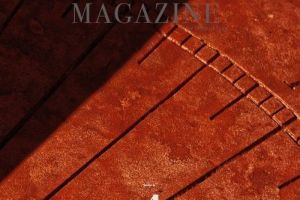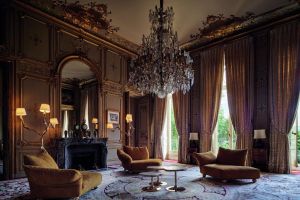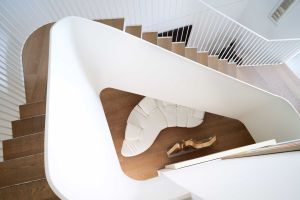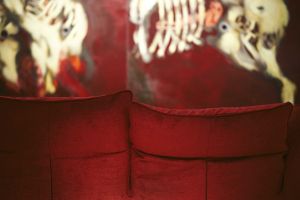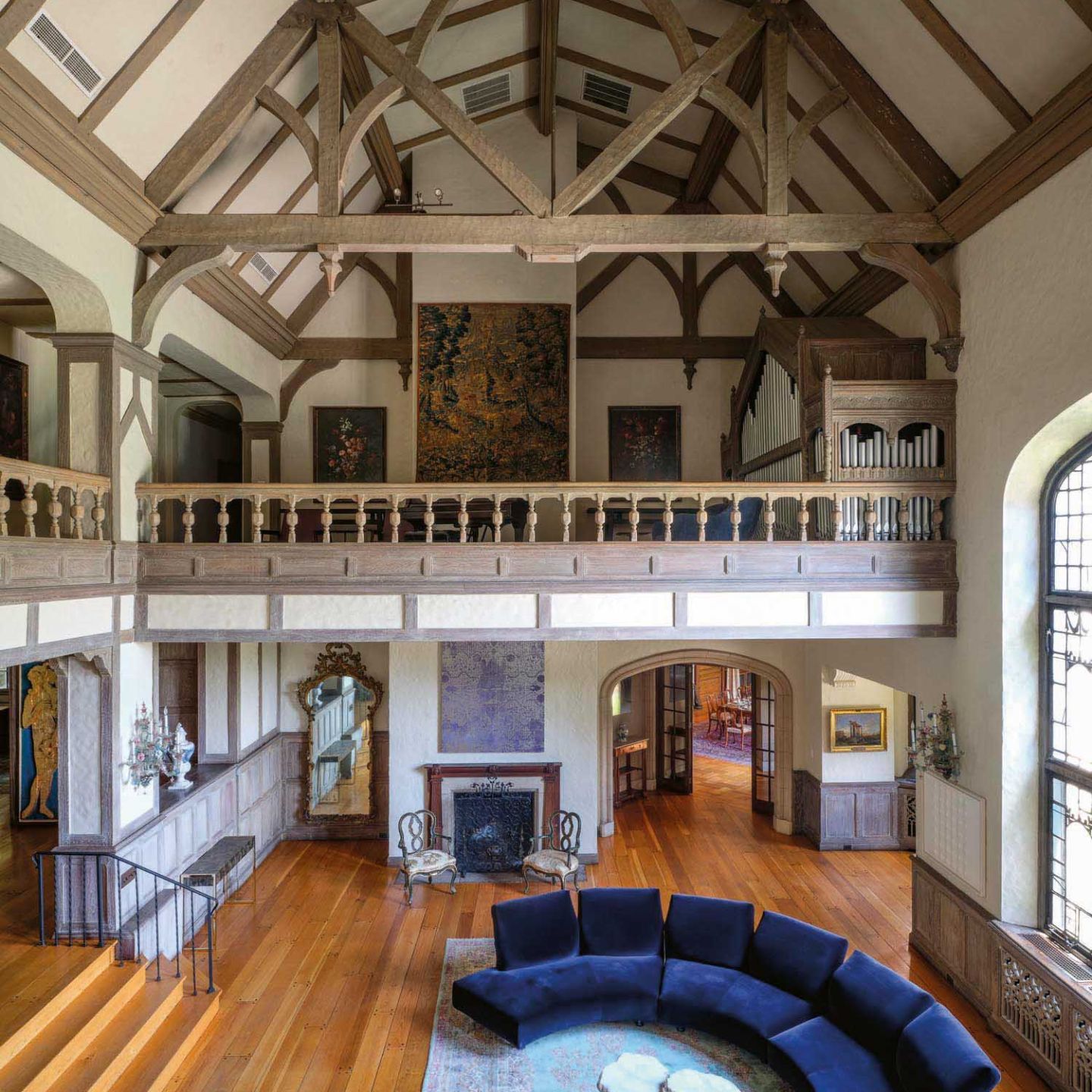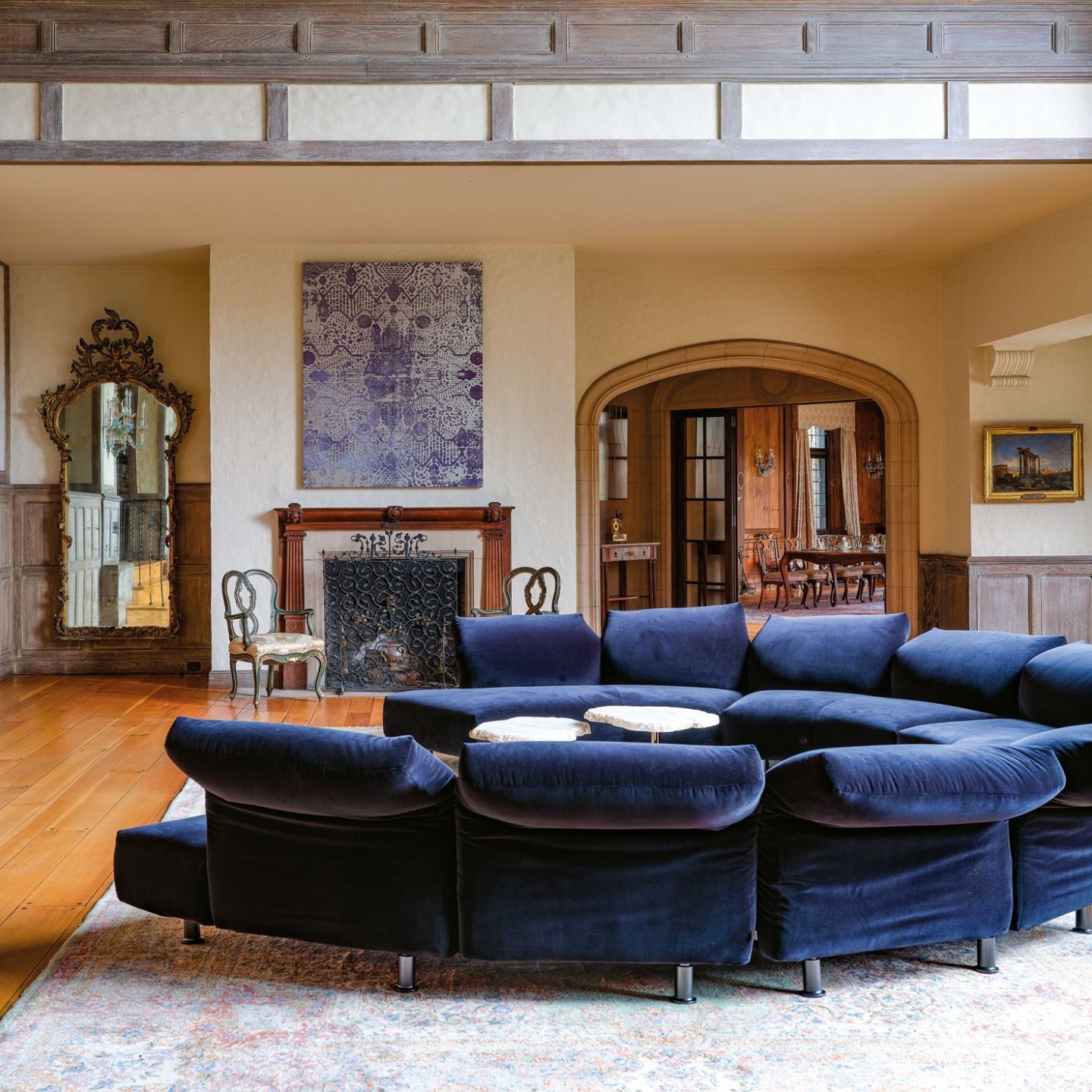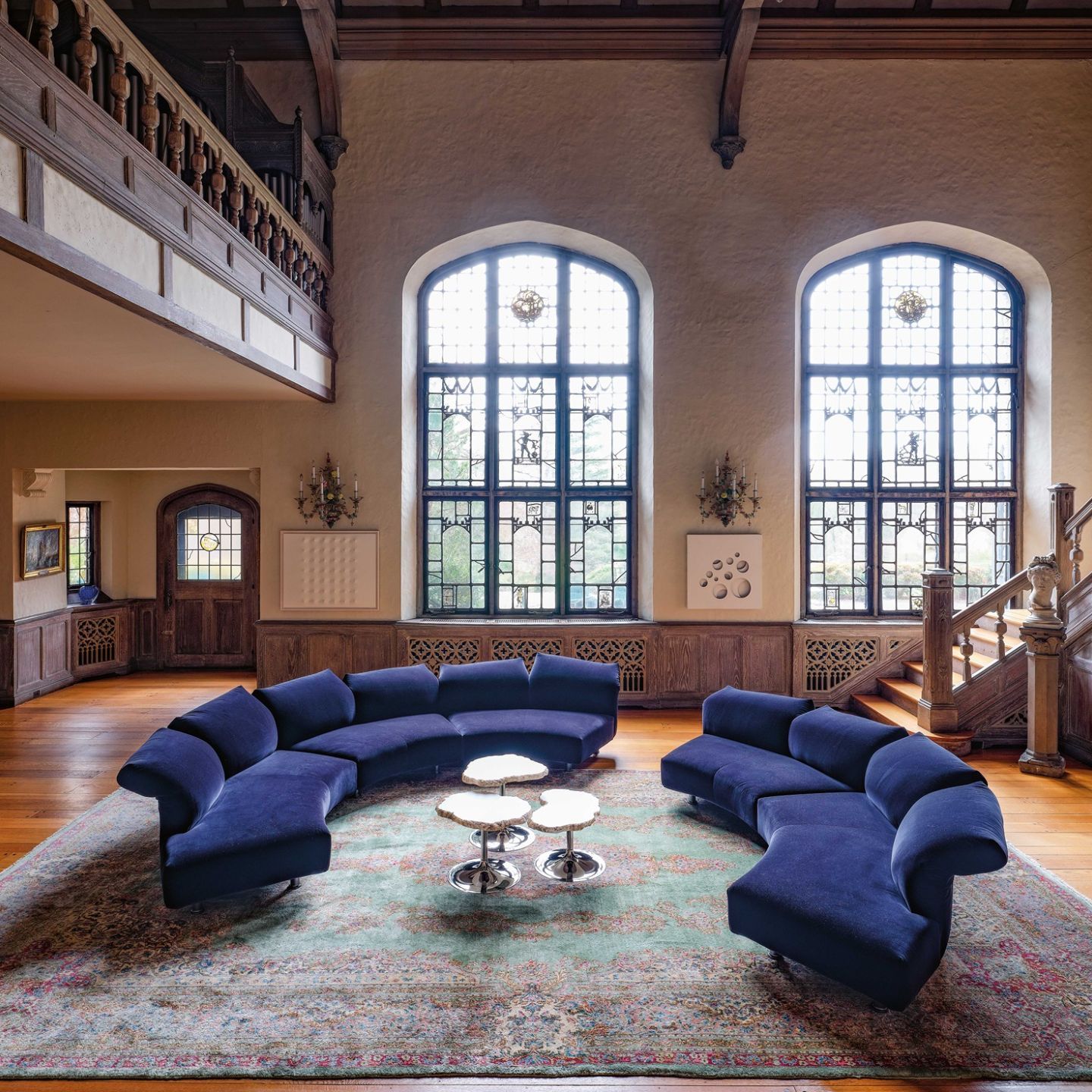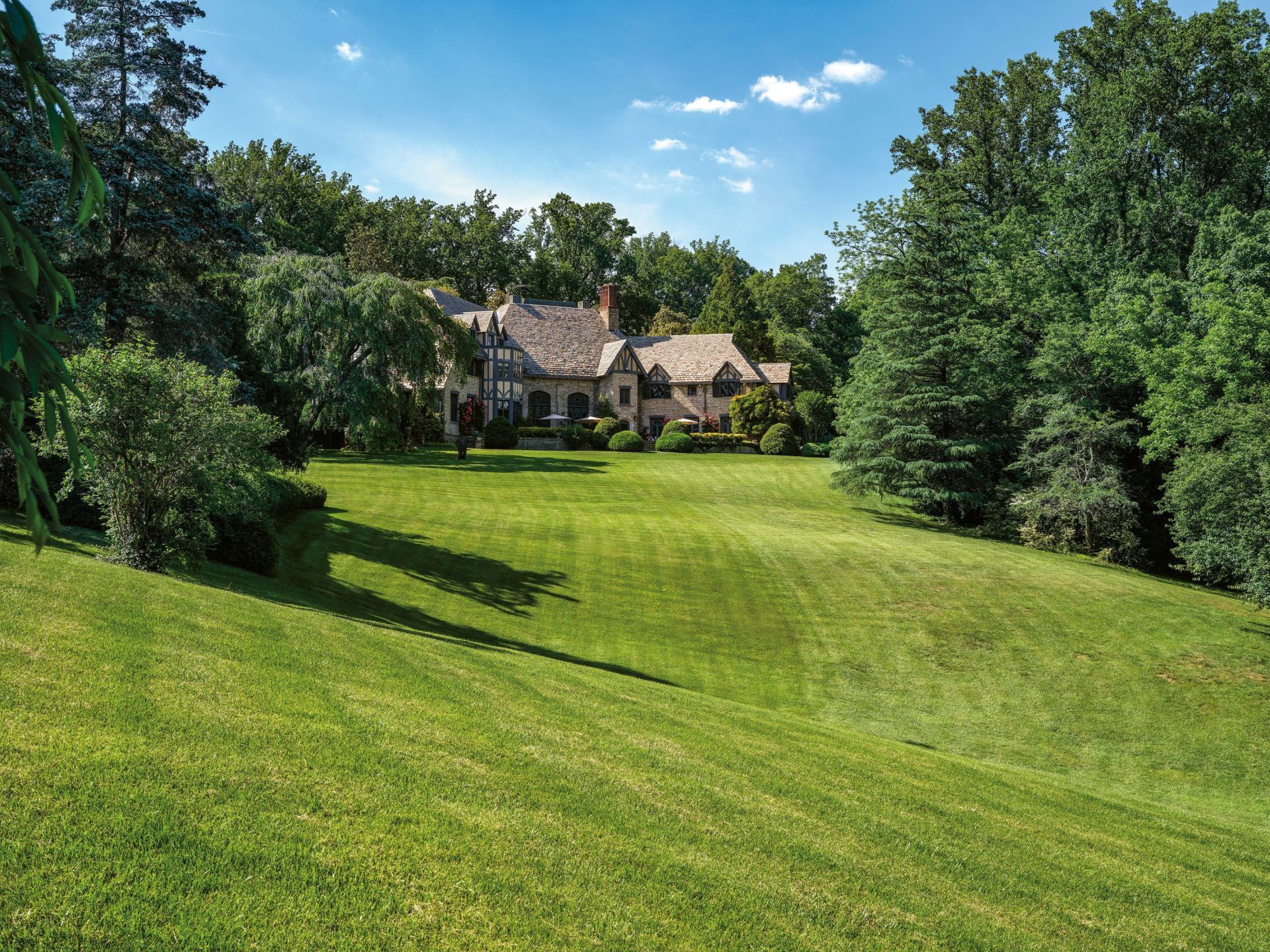
October 2023
Cristina Mazzantini
Villa Firenze Contemporanea
Quirinale Contemporaneo, a project desired by Italian President Sergio Mattarella, conceived and realised by Secretary General Ugo Zampetti, and to which Edra dedicated an issue of its magazine in 202, has inspired a succession of initiatives. By introducing works of contemporary art and design into Presidential Quarters Quirinale Contemporaneo defined a new vision for cultural heritage belonging to institutions that has become an example over time: a dynamic vision influenced by the flow of art's seasonal passages.
In Villa Firenze Contemporanea U.S. Ambassador Mariangela Zappia has succeeded in the ambitious project of exporting Quirinale Contemporaneo's example overseas by summoning to Washington thirty works from the Republican period, together with masterpieces by artists from Burri to Fontana, Pistoletto to Isgrò, and 23 objects of design including pieces by Gio Ponti and Francesco Binfaré.
Villa Firenze is the prestigious residence of Italian Ambassadors to the United States. Known for being one of Washington's most beautiful embassies it is immersed in marvellous private gardens that are the city's largest. The mansion's architecture is a palimpsest on which several pens have left their mark, expressing multiple identities in a series of dense and superimposed layers, often with little continuity between them.
Built in rigorously neo-Tudor style between 1925 1927 by the O'Brien family, who set the stage for mediaeval fantasy on the outskirts of Rock Creek Park, theirs was a romantic mansion with aristocratic aspirations in which American high society, including President Hoover, could be hosted.
The villa was transformed and re-named Villa Firenze by Robert and Polly Guggenheim whose eclectic vision, guided by a personal aesthetic, led to a balance of comfort and refinement. In 1976 the property become Italy's official diplomatic residence and was restored to the Ministry of Foreign Affairs who decorated it with furnishings and works of ancient art including pieces from the collections of the Ministry of Culture. Villa Firenze Contemporanea is a project that seeks to restore the Villa's fragmented identity in an image that is at once finally coherent with its diplomatic status, while also affirming its vocation of representing Italy in the United States through expressions of Italian excellence in the fields of art and design, with a focus on the contemporary.
Inside Villa Firenze Edra dominates the spectacular Grand Hall, a formidable triple-height space criss-crossed with the magical shadows of figures depicted in huge stained-glass windows and that is reminiscent of Giambattista Piranesi's illusionistic and disorienting perspectives in the Carceri.
It is a magnificent setting, now enlivened by the candid tones of Enrico Castellani's relief canvas, Paolo Scheggi's intersuperficie or intersurfaces, the silver sheen of Rudolf Stingel s Untitled and the lively colours of Piero Dorazio's majestic painting La lontananza aperta alla misura (The Distance Open to Measure) shown in the XLIII edition of the Venice Biennale.
There is a coherency between the circular configuration of Essential sofas to underscore an idea of fluid spatiality, and the multi-directional Grand Hall. The sofas draw into their whirling roundabout the several possible passages between atrium, rotunda, staircase, dining room and the hallway leading to the garden. The true pivot of the sofa's varying compositions of intelligent cushions, which allow it to unfold in different forms, are three tables from the Cicladi series designed by Jacopo Foggini. Fashioned in natural Volterra alabaster, the tables' chiselled rugged edges recall the Mediterranean islands of the same name.
 |
Cristina Mazzantini Architect, curator, lecturer at the Milan Polytechnic and author of essays and volumes, she carries out professional and research activities especially in the field of protection and enhancement of cultural heritage. She is consultant to the General Secretariat of the Presidency of the Republic, she collaborated with the administration of the Chamber of Deputies, FAI, the Sicilian Region and Rai-TG2. She was a member of the Italian National Commission for Unesco and President of the ISIA of Faenza. |





